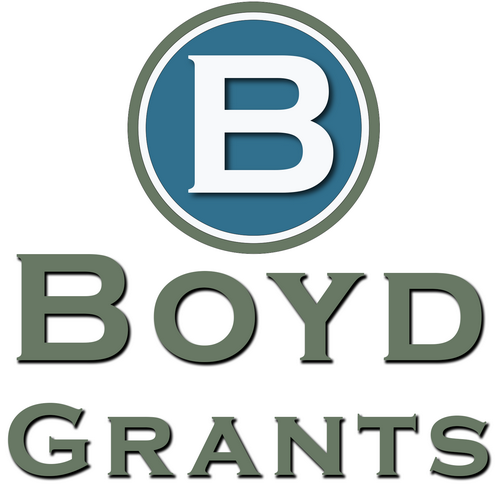The Key Personnel Section of a government grant proposal is more than a list of names and titles—it is the cornerstone of your case for the project’s success. Demonstrating the qualifications and expertise of the team members is critical to convincing grant reviewers that your project is both feasible and impactful. Here’s why this aspect is so important:
1. Establishes Credibility and Competence
Grant reviewers need assurance that the proposed project team has the skills and experience required to execute the project effectively. By showcasing qualifications and expertise:
- Trust is Built: Reviewers are more likely to trust the team’s ability to handle the project’s complexity.
- Risks Are Mitigated: It reduces concerns about potential setbacks due to inexperience or lack of specialized knowledge.
- Expertise Adds Weight: Credentials such as degrees, certifications, or notable accomplishments lend authority to the team’s approach.
2. Aligns Team Expertise with Grant Objectives
A well-written section demonstrates how each team member’s qualifications are directly relevant to the goals of the project. This alignment reassures reviewers that:
- The team understands the nuances of the problem being addressed.
- Team members have the technical skills to implement the proposed solution.
- The project’s objectives are grounded in proven methodologies and expert insights.
3. Demonstrates Capacity to Manage Federal Funds
Government grants, especially at the federal level, require significant accountability and oversight. Reviewers want assurance that the team is capable of managing:
- Large budgets and complex reporting requirements.
- Compliance with federal regulations and guidelines.
- Deliverables within specified timelines.A strong Key Personnel Section highlights the team’s prior experience with similar projects, showing they are equipped to handle these responsibilities.
4. Conveys Team Cohesion and Collaboration
Showcasing a team with complementary skills and expertise signals effective collaboration, a key component of successful project implementation.
- Balanced Skill Sets: A mix of technical, managerial, and advisory expertise demonstrates that the team can address all aspects of the project.
- Collaborative Culture: Reviewers are reassured that the team has a clear structure and roles to avoid overlap or confusion.
- Track Record: Highlighting past collaborative successes adds credibility to the team’s ability to work cohesively.
5. Enhances the Likelihood of Project Success
Ultimately, the purpose of the Key Personnel Section is to convince reviewers that the project will achieve its goals.
- Reviewers Look for Evidence: Expertise in research, project management, or technical fields suggests that challenges can be anticipated and overcome.
- Outcomes Are Credible: When the team is composed of experts, proposed outcomes seem realistic and achievable.
- Funders Want Results: Demonstrating expertise assures the funder that their investment will produce tangible, meaningful results.
6. Reflects Professionalism and Preparedness
A well-organized and detailed Key Personnel Section reflects the professionalism of the applicant organization.
- Clarity in Presentation: Thoughtfully written profiles of key personnel show the team’s commitment to the project.
- Attention to Detail: Including relevant achievements and qualifications demonstrates thoroughness, a trait that funders value.
Tips for Demonstrating Qualifications and Expertise
- Be Specific: Clearly outline how each team member’s qualifications relate to their role in the project.
- Example: Instead of saying, “Dr. Jones has extensive experience in education,” specify, “Dr. Jones has over 15 years of experience developing K-12 STEM curricula, including for underserved schools.”
- Highlight Successes: Include key achievements, such as successful management of similar projects, publications, or innovations.
- Example: “Dr. Taylor successfully led a $1M federal grant project, achieving a 30% reduction in energy consumption across five municipalities.”
- Quantify Expertise: Use numbers or data where possible to demonstrate impact.
- Example: “Ms. Lee trained over 500 teachers in digital literacy, increasing student test scores by 20% in participating schools.”
- Tailor Content to the Grant’s Priorities: Emphasize the qualifications that align most closely with the funder’s objectives.
By carefully demonstrating qualifications and expertise, the Key Personnel Section not only strengthens the overall proposal but also positions the project as a trustworthy, feasible, and impactful investment for the granting agency.


Recent Comments